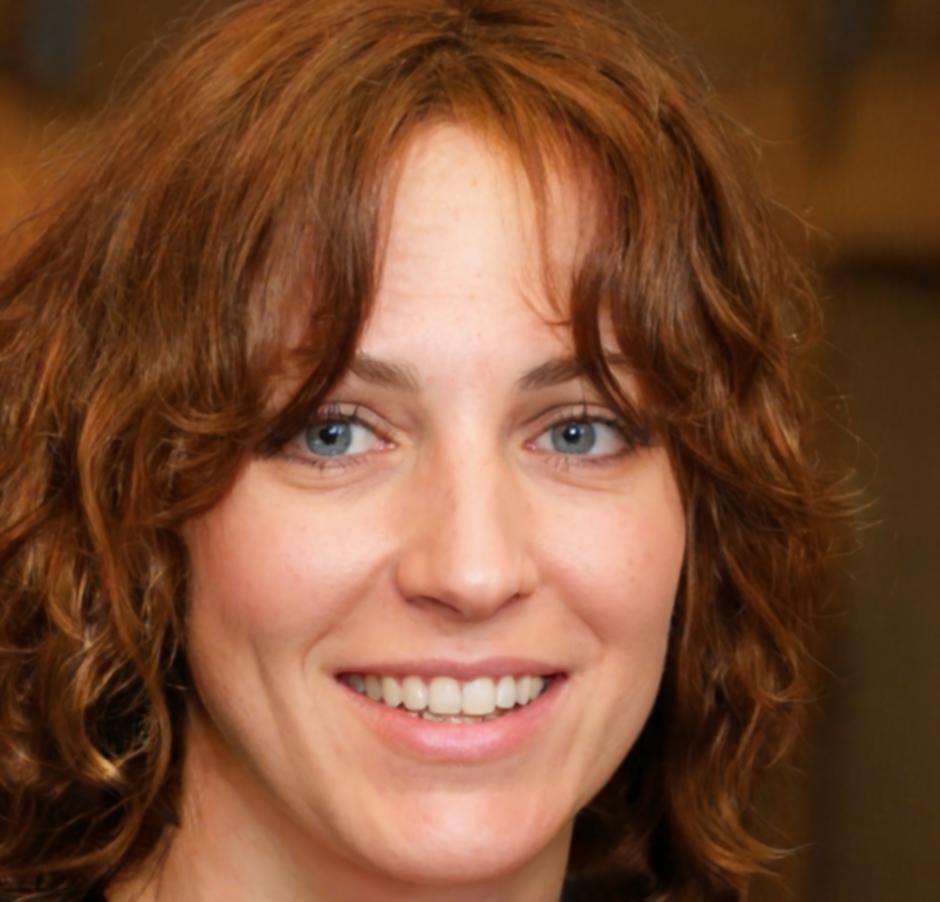People Who Actually Understand Financial Pressure
We've been in those budget meetings where everything feels uncertain. Our team brings real experience from working with Australian businesses facing genuine financial challenges.
Built from Real Business Experience
Back in 2019, our founding team sat in a small Canberra office wrestling with a problem we saw everywhere. Businesses had solid budgets—but when unexpected costs hit, panic followed.
We started myntherovexa because we'd lived through those moments ourselves. Equipment failures, supplier changes, regulatory shifts. The kind of stuff that keeps business owners awake at 3am.
These days, we work with businesses across the ACT and beyond. But our approach hasn't changed. We listen first, suggest practical options, and build contingency frameworks that actually make sense for how you operate.

The People Behind Your Planning

Ingrid Paulsen
Financial Strategy Lead
Spent eight years in corporate finance before realizing most contingency plans sat in drawers unused. Now focuses on creating flexible frameworks that businesses actually implement when things go sideways.

Teodor Viklund
Risk Assessment Specialist
Former auditor who got tired of pointing out problems without offering solutions. Works with clients to identify realistic financial risks and build practical buffers that match their cash flow patterns.

Brenna Kirkwood
Implementation Coordinator
Helps translate contingency strategies into day-to-day business operations. Believes the best financial plans are ones that feel natural to use rather than adding extra complexity to your workflow.
Finding What Fits Your Situation
Different businesses need different approaches. Here's how we typically think through it:
Quick Insights from Our Work
Small things we've noticed that make a genuine difference
Review Quarterly, Not Annually
Your business changes faster than you think. We've seen contingency plans become outdated within months because revenue patterns shifted or new equipment got added. Quick quarterly check-ins keep your buffer relevant.
Document Your Trigger Points
Knowing when to tap contingency funds removes hesitation during actual crises. Write down specific scenarios where you'd use reserves. Makes decision-making faster when pressure hits.
Test Access Before You Need It
Sounds obvious, but many businesses discover their contingency fund has a three-day release process—right when they need money today. Test your access mechanism during calm periods.
Calculate Based on Impact, Not Fear
The goal isn't maximum possible reserves. It's having enough to handle realistic disruptions without crippling your operational budget. We help find that balance point specific to your situation.


How We Actually Work Together
Most engagements start with a conversation—not a sales pitch. You describe what keeps you concerned about budget stability. We ask questions about your operations, cash flow, and past financial surprises.
From there, we build a contingency framework that matches your business rhythm. Could be a simple percentage-based reserve. Might be scenario-specific funds for different risk types. Depends entirely on what you're facing.
Implementation happens at your pace. Some clients want everything set up within weeks. Others prefer gradual changes over a quarter as they build reserves naturally through operations.
See Our Planning Process